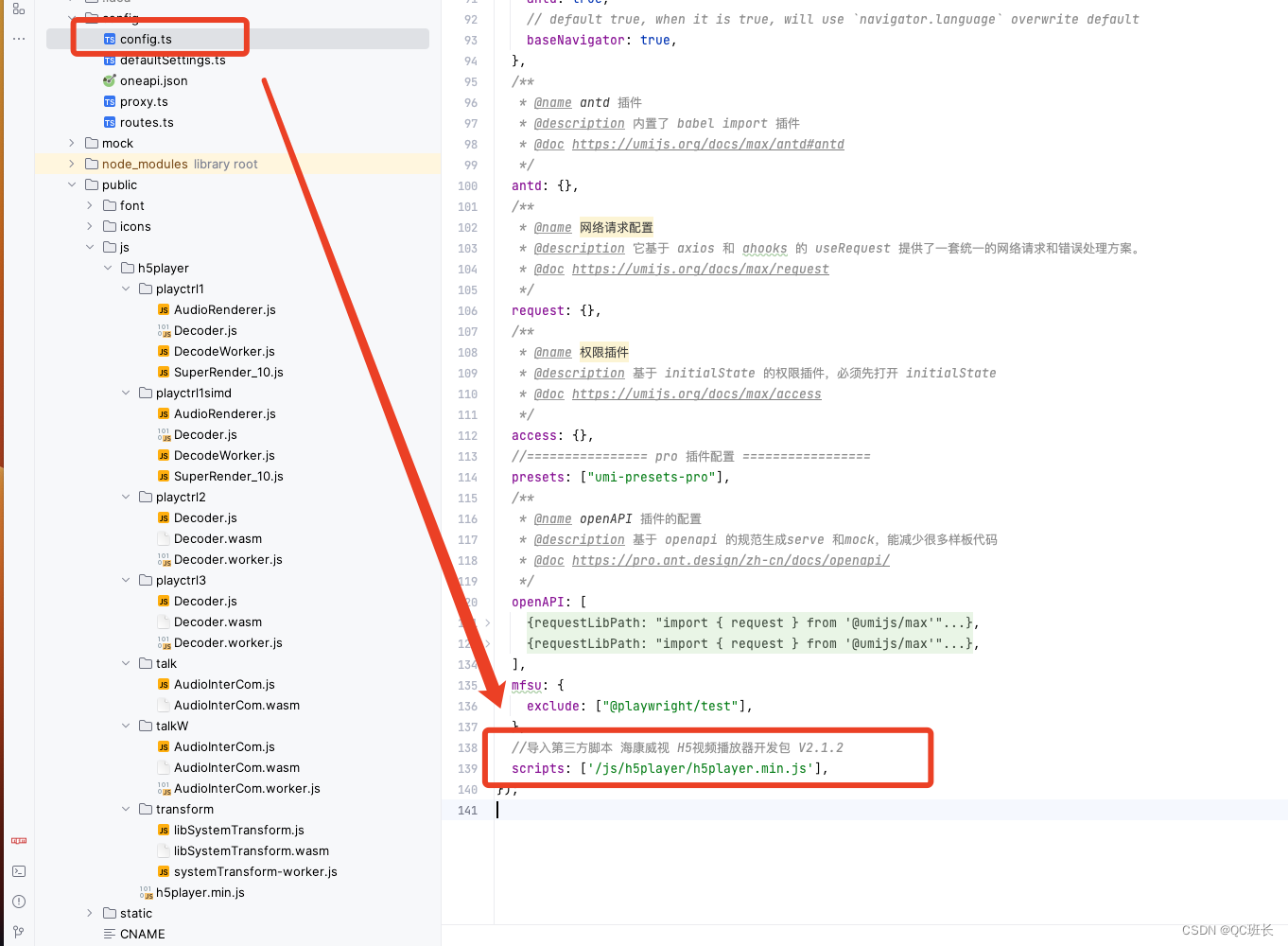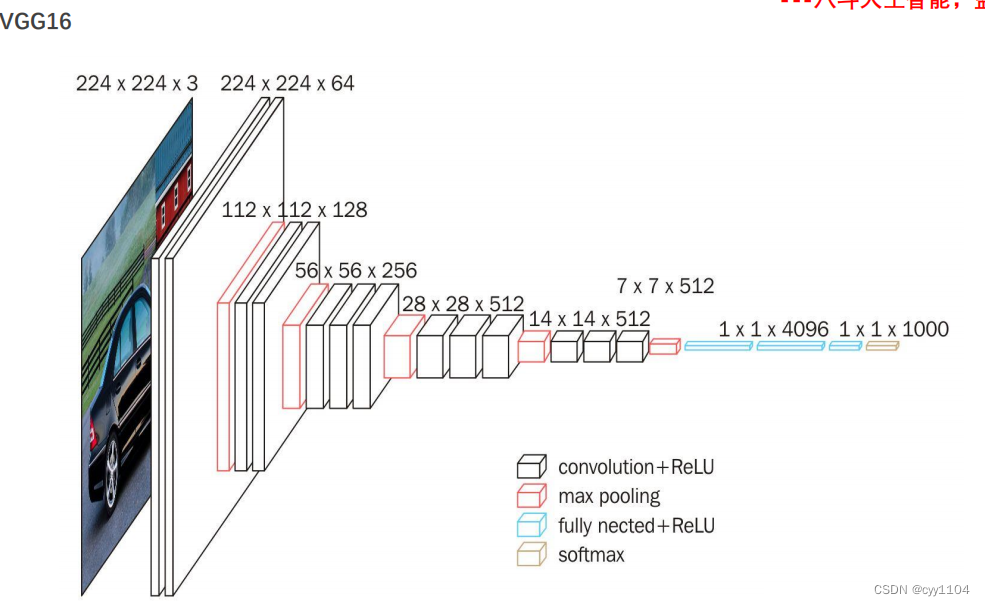在通信原理中,通信系统的有效性用带宽来衡量,带宽定义为每秒传输的比特数,单位 b/s,或 bps。在 DDR3 接口的产品设计中,DDR3 读/写带宽是设计者必须考虑的指标。本文主要介绍了 Quartus FPGA 平台 EMIF 参数配置,以及测试 DDR3 读写带宽的过程,FPGA 器件型号是 Cyclone 10 GX 10CX220YF780E6G,DDR3 颗粒型号是 Winbond W631GG6KB。
目录
1 EMIF IP 配置
2 AMM 接口
3 读写带宽测试
1 EMIF IP 配置
在进行 EMIF DDR3 读写带宽测试之前,先确保 EMIF DDR3 IP 时钟与时序参数配置正确。

General -> Clocks 选项卡,填写内存时钟频率 Memory clock frequency ,这里填了 933M,PLL 参考时钟频率为 116.625MHz.
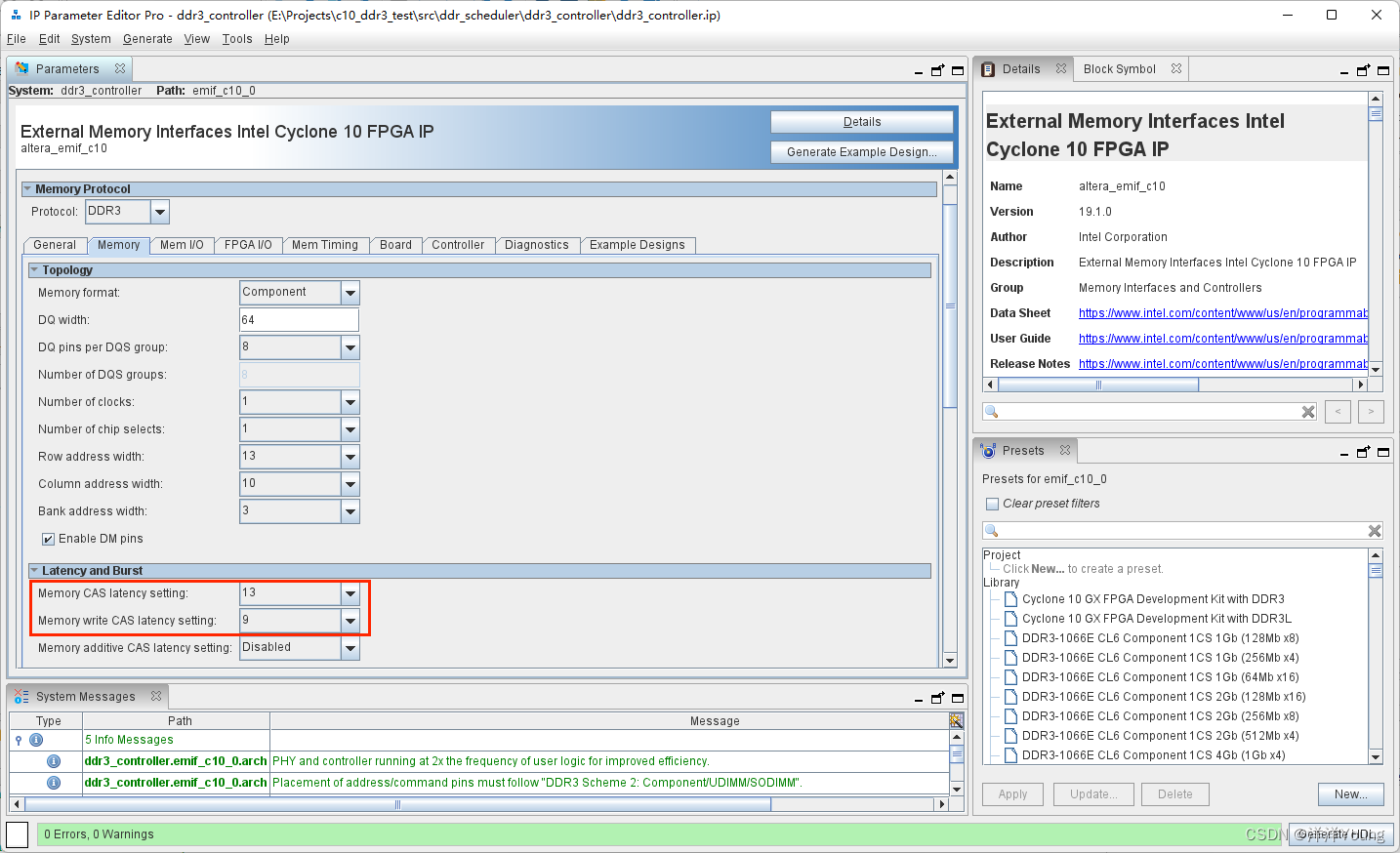
Memory -> Latency and Burst 选项卡,根据 DDR3 内存颗粒用户手册,设置 Memory CAS latency 和 Memory write CAS latency 值。
这里所使用的 DDR3 内存型号为 Winbond W631GG6KB,933M 对应的 tCK 为 1.07ns,根据手册得知,CL = 13,CWL = 9.

Memory Timing 参数如下:
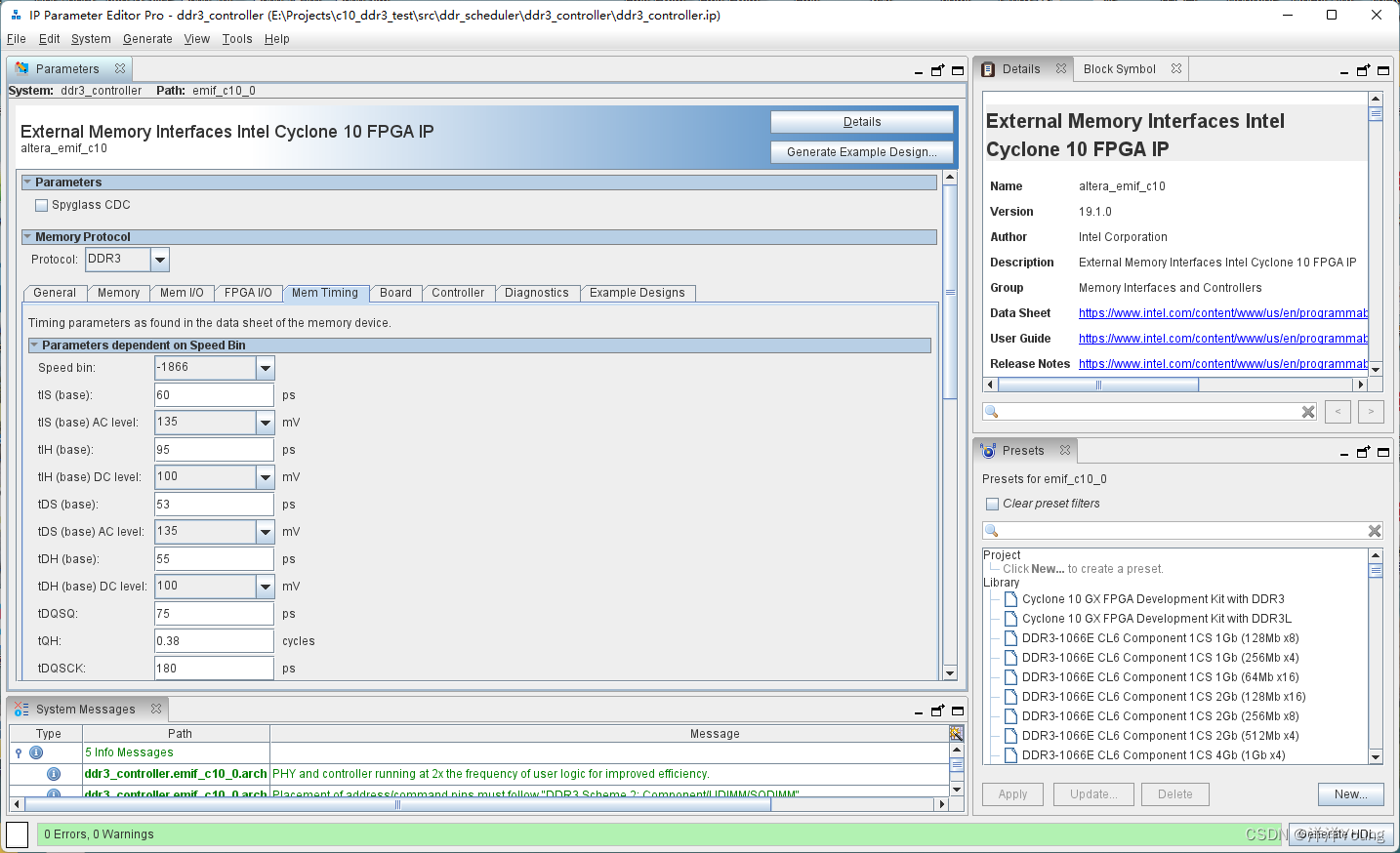

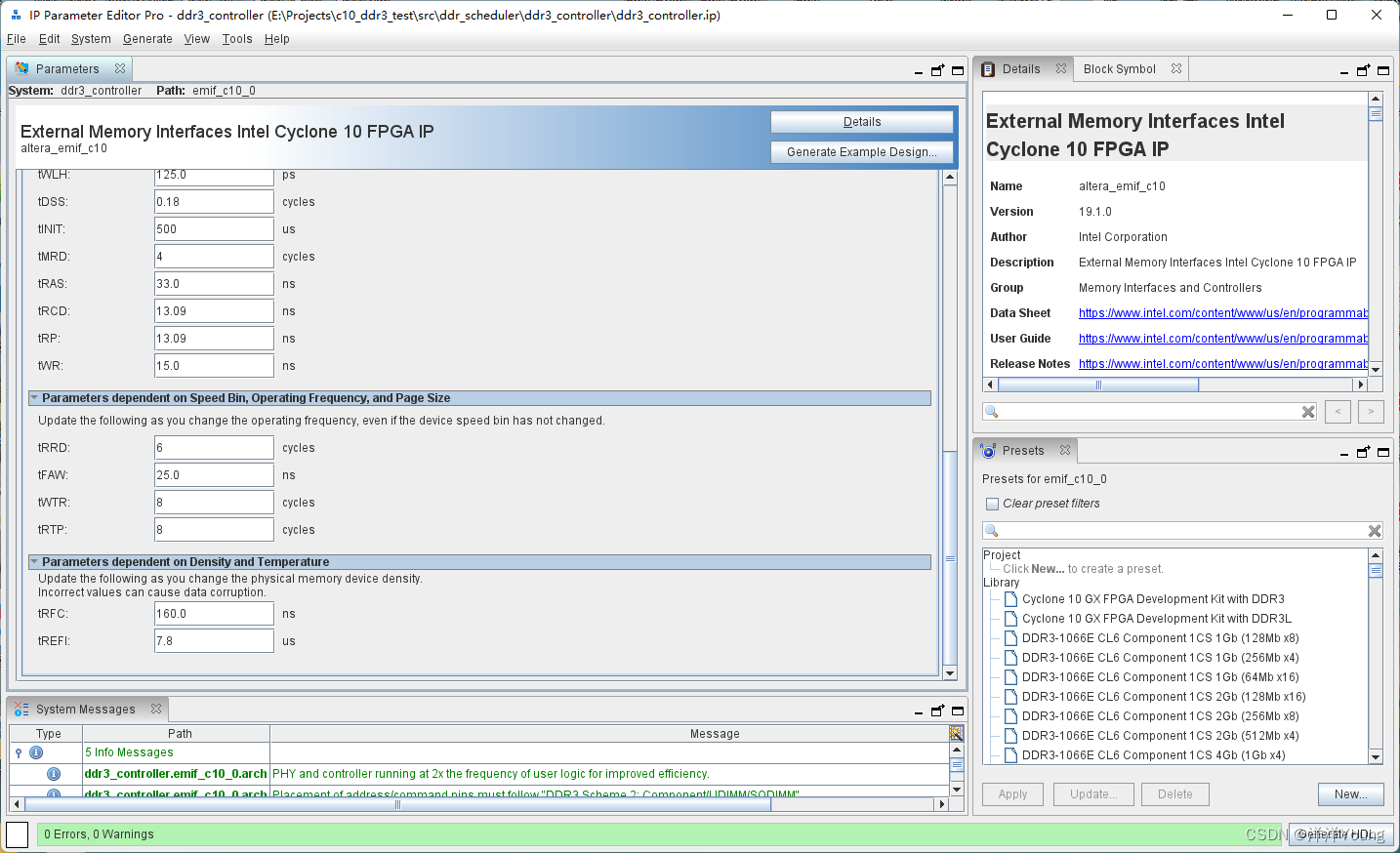
2 AMM 接口
Quartus EMIF IP 提供了 AMM(Avalon Memory-Mapped) 接口,用于 DDR3 数据的传输,AMM 接口定义如下。
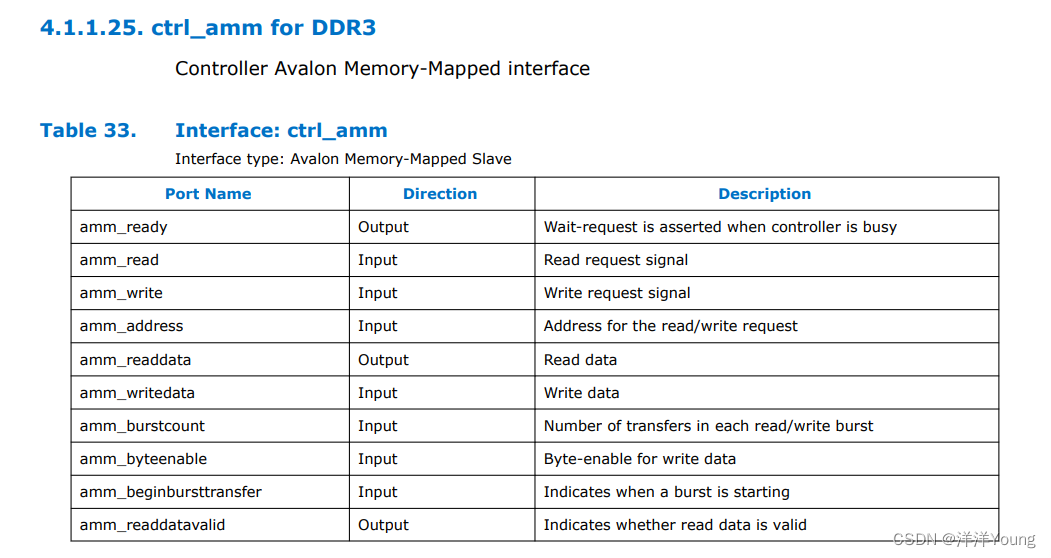
amm_ready 扮演 waitrequest_n 的角色,当控制器处于 busy 状态时,该信号将会拉低;amm_burstcount 表示读/写 burst 传输的周期数;DDR3 颗粒数据接口位宽是 16bit,8n-prefetch,所以 amm_writedata 与 amm_readdata 的位宽是 16bit × 8 = 128bit。
AMM 接口读写时序图与其他细节,可以参考 Intel 官网 Avalon® 接口规范简介。
3 读写带宽测试
在本设计中,DDR3 读写采用固定地址突发的方式,amm_burstcount 大小固定为 64,每次先写入 64 个数据,再读出 64 个数据。
同时定义两个计数器 wr_data_cnt 与 rd_data_cnt,用于一段时间读写数据的计数,需要注意计数器位宽,避免溢出的情况。这里计数器位宽定义 32bit,时间间隔取 200ms。
VHDL 设计代码如下,
process(sys_rst,sys_clk)
begin
if sys_rst = '1' then
pstate <= st_init;
buf_test_wr_req <= '0';
buf_test_rd_req <= '0';
test_wr_q <= (others => '0');
test_wr_mask <= (others => '0');
wr_cnt_scope <= (others => '0');
rd_cnt_scope <= (others => '0');
rd_err_cnt_scope <= (others => '0');
elsif rising_edge(sys_clk) then
if timeout_event = '1' then
wr_cnt_scope <= (others => '0');
rd_cnt_scope <= (others => '0');
rd_err_cnt_scope <= (others => '0');
end if;
case(pstate) is
when st_init =>
-- power on delay and initialization
if ddr_init_done = '1' then
pstate <= st_idle;
else
pstate <= st_init;
end if;
when st_idle =>
-- idle state
pstate <= st_test_write;
when st_test_write =>
-- pull up req and wait fot ack
if buf_test_wr_req = '1' and test_wr_ack = '1' then
pstate <= st_test_write_end;
buf_test_wr_req <= '0';
else
pstate <= st_test_write;
buf_test_wr_req <= '1';
end if;
when st_test_write_end =>
-- wait write ending
if test_wr_end = '1' then
pstate <= st_test_read;
else
pstate <= st_test_write_end;
end if;
test_wr_q(4*128-1 downto 3*128) <= DDR_DATA_PATTERN;
test_wr_q(3*128-1 downto 2*128) <= DDR_DATA_PATTERN;
test_wr_q(2*128-1 downto 1*128) <= DDR_DATA_PATTERN;
test_wr_q(1*128-1 downto 0*128) <= DDR_DATA_PATTERN;
test_wr_mask <= (others => '0');
if test_wr_rden = '1' then
wr_cnt_scope <= wr_cnt_scope + 1;
end if;
when st_test_read =>
-- pull up req and wait for ack
if buf_test_rd_req = '1' and test_rd_ack = '1' then
pstate <= st_test_read_end;
buf_test_rd_req <= '0';
else
pstate <= st_test_read;
buf_test_rd_req <= '1';
end if;
when st_test_read_end =>
-- wait read ending
if test_rd_end = '1' then
pstate <= st_idle;
else
pstate <= st_test_read_end;
if test_rd_rdvld = '1' then
rd_cnt_scope <= rd_cnt_scope + 1;
if test_rd_rdata(4*128-1 downto 3*128) /= DDR_DATA_PATTERN then
rd_err_cnt_scope <= rd_err_cnt_scope + 1;
elsif test_rd_rdata(3*128-1 downto 2*128) /= DDR_DATA_PATTERN then
rd_err_cnt_scope <= rd_err_cnt_scope + 1;
elsif test_rd_rdata(2*128-1 downto 1*128) /= DDR_DATA_PATTERN then
rd_err_cnt_scope <= rd_err_cnt_scope + 1;
elsif test_rd_rdata(1*128-1 downto 0*128) /= DDR_DATA_PATTERN then
rd_err_cnt_scope <= rd_err_cnt_scope + 1;
end if;
end if;
end if;
when others => NULL;
end case;
end if;
end process;SignalTap 调试波形如下:

读带宽:
7533666 × 128bit × 1s/200ms = 4.822Gbps
写带宽:
7653248 × 128bit × 1s/200ms = 4.898Gbps
可以进一步计算,在突发传输为 64 时,DDR3 的读写效率约 32.56%.
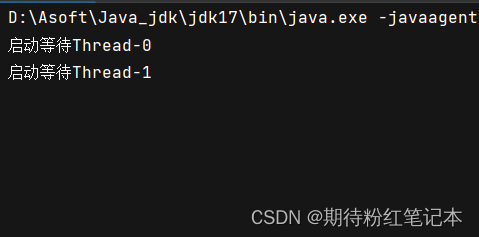

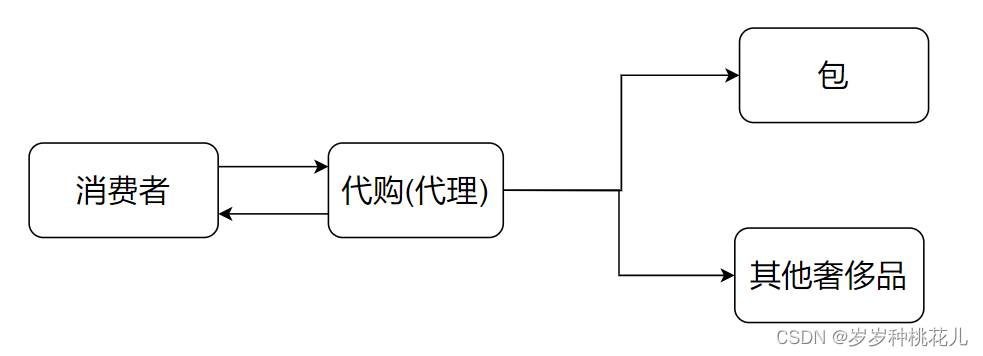




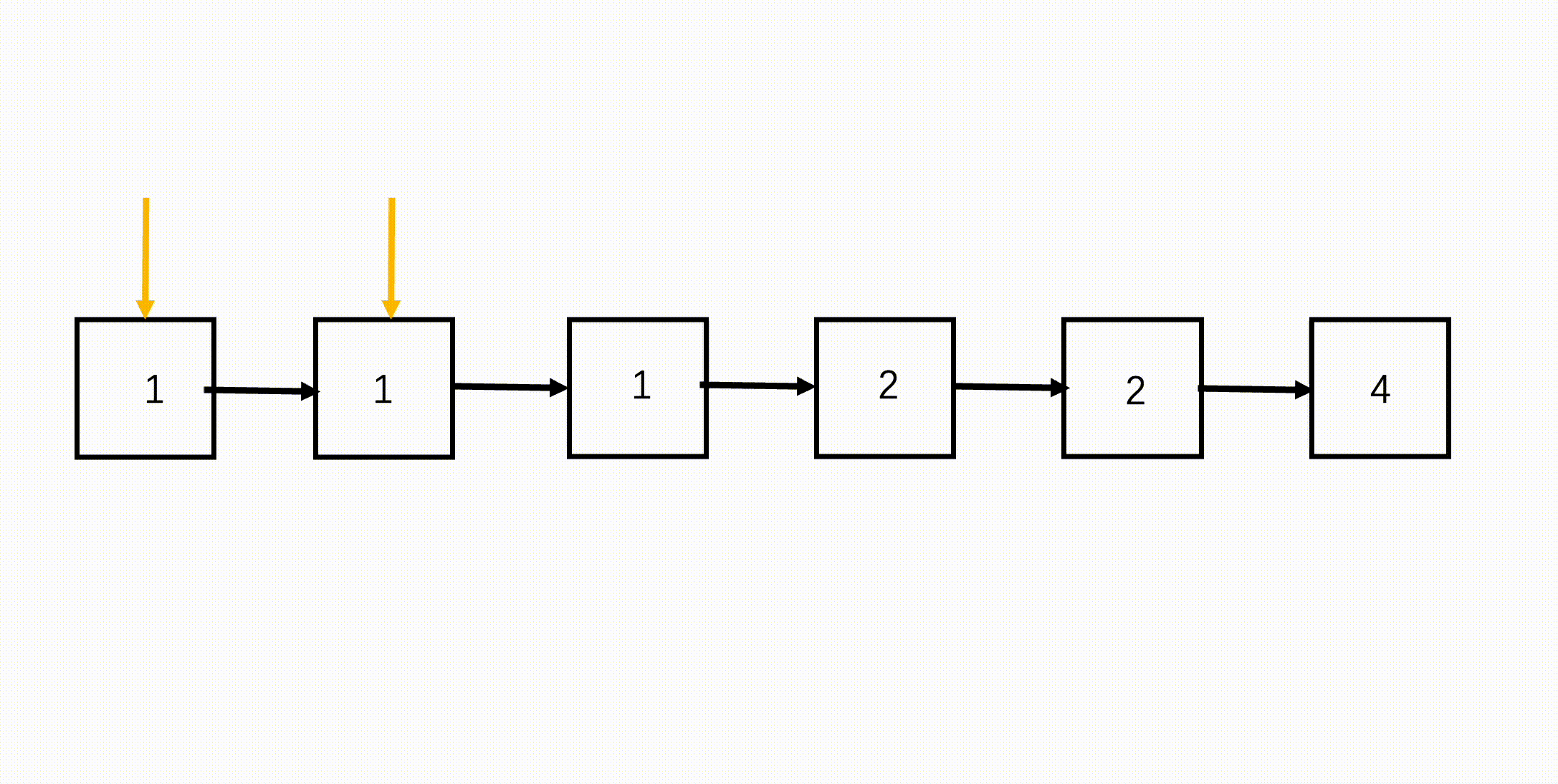

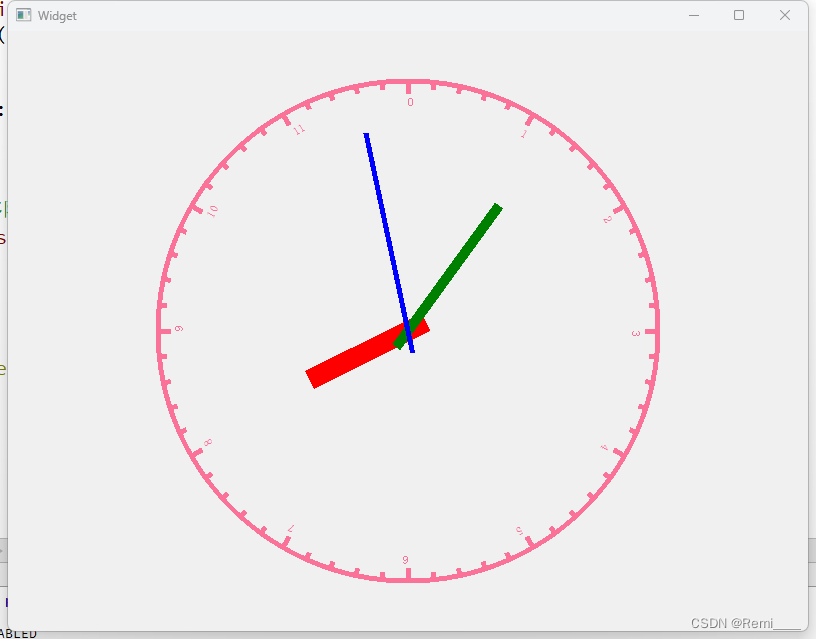
![计组 [指令系统] 预习题目](https://img-blog.csdnimg.cn/4f1be8cce0a943da85831e3423bed9c3.png)
